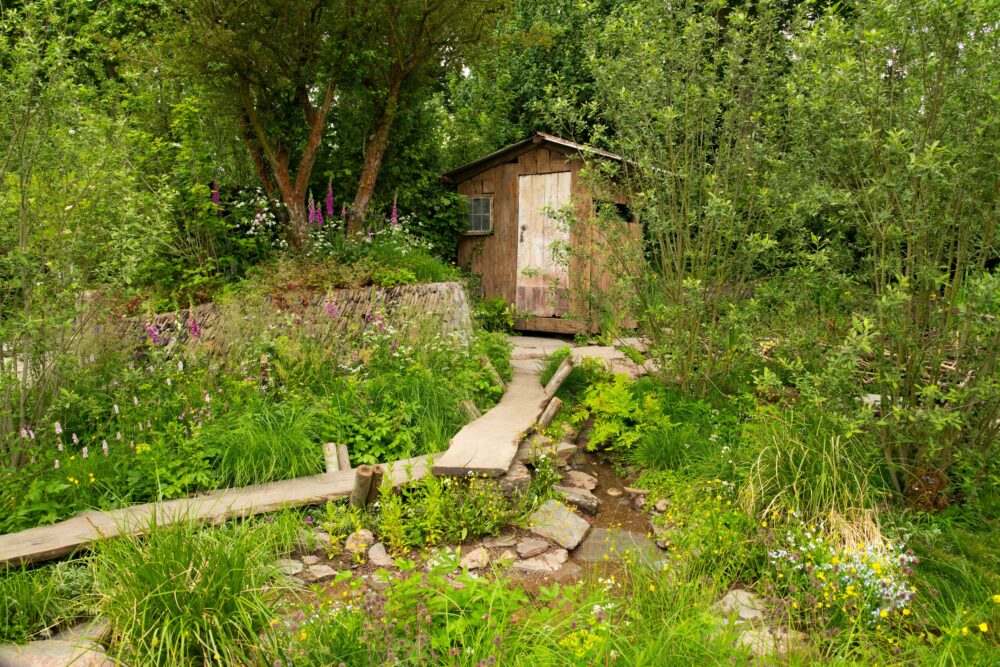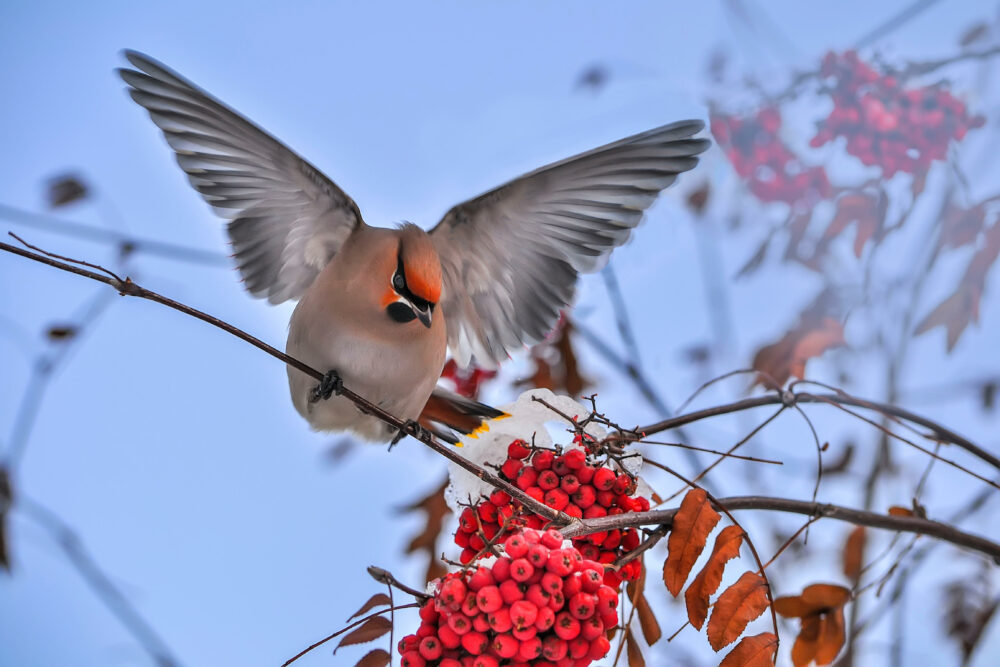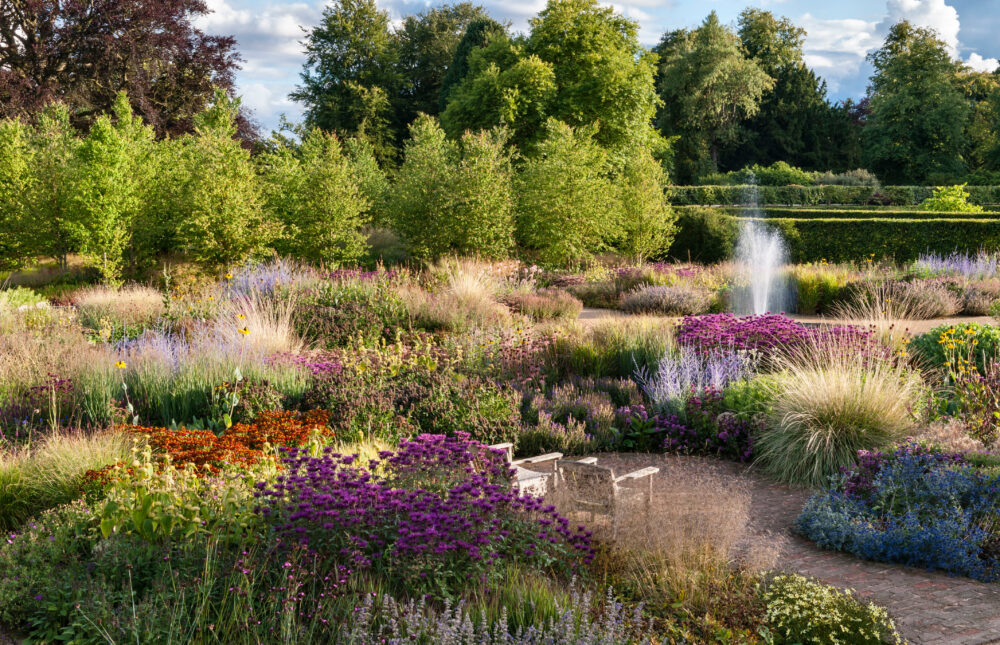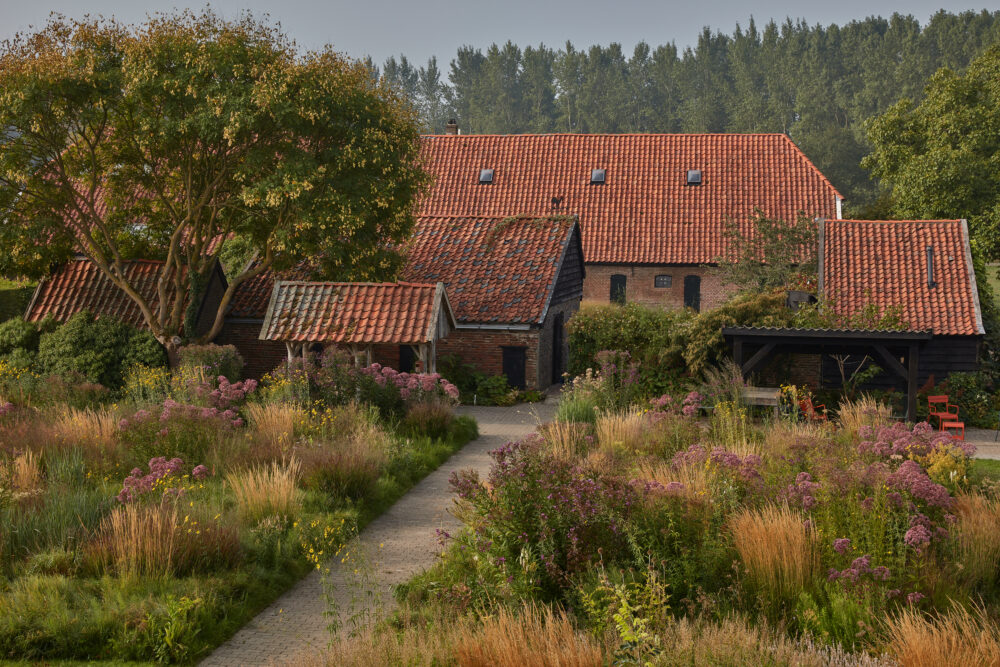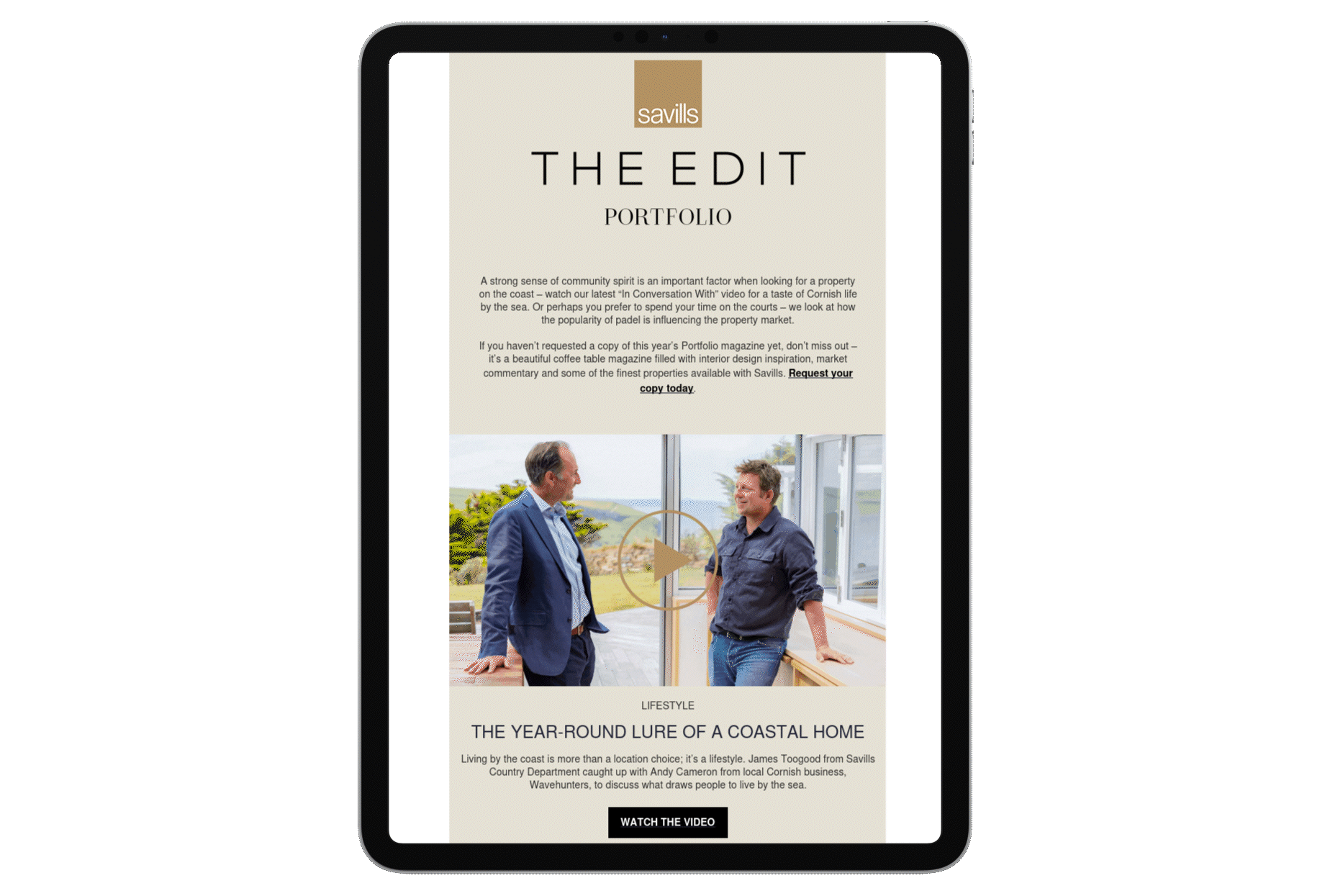Spring will soon be upon us: our gardens will burst into life and the glorious sounds of birdsong and buzzing bees will fill the air, reminding us that even the tiniest of green spaces has an important role to play in encouraging biodiversity. As Adam Hunt, of Urquhart & Hunt – whose Rewilding Britain garden won Best in Show at the RHS Chelsea Flower Show in 2022 – points out, our gardens cover more than a million acres in England alone, four times as much as nature reserves. “If you look at a map of a city, there are lots of green areas that are gardens forming wildlife corridors, and that is what birds see,” he says. “They don’t see fences.”
Inviting other creatures to share our space has now become a legal matter. Jon Dearsley, head of natural capital at Savills, points to the Environment Act 2021, which stipulates that new developments must achieve a “biodiversity net gain” of at least 10% – in other words, biodiversity on the site must be improved following completion. From April 2024 this will apply to planning permission for small sites too. As Dearsley puts it, echoing the constant refrain of our children, “who doesn’t want to think about the environment – whether it is adding green roofs, green walls, more green space or planting trees”?
So, how do you make your garden a green and happy biosphere? The first thing is to let go a little: the garden is not “yours” but a habitat to share with, literally, the birds and the bees – not to mention butterflies, worms and even wasps, which not only pollinate, but feast on aphids and caterpillars. Give these creatures somewhere to live, even if it is just in the quieter corners: leave areas of grass longer; don’t chop off every dead limb of a tree; put a green roof on the bike shed; and resist raking up every single leaf that falls on the ground. As well as being labour-saving, this approach allows a garden to look after itself naturally. “It’s a change in aesthetics,” says Hunt, who often works with the great Dutch landscape designer Piet Oudolf – one of the first to inspire us to leave grasses and perennials uncut, with their seedheads providing food for birds and shelter for insects until early spring.
To provide the best variety of year-round habitats and food, Hunt recommends putting in an equal quantity of shrubs and trees, water and pasture (grasses, herbaceous beds and borders). Aim for as diverse a range of plants as possible, covering all seasons: Christmas box (Sarcococca confusa), winter honeysuckle and ivy, for instance, provide strength-building early pollen and nectar for bees. Use different colours, shapes and sizes of plant to suit individual feeders, and don’t forget fragrant flowers: include night-scented species such as hesperis, evening primrose and honeysuckle for moths. Native plants will have established eco-partners, but wildlife doesn’t look at passports. More important is to find species that are open-pollinated – that is, naturally.
Biodiverse gardening is also about working out what you and the local wildlife find desirable: the blossom of trees such as crab apples and rowan, for example, provide early nectar and pollen, then berries in autumn and winter for birds (and jelly-making). They look beautiful, too. The Royal Horticultural Society has a list of pollinator-friendly plants, as does Api:Cultural, which promotes the welfare of London’s bees.
Hedges are great places for nesting birds – even a privet hedge gives not just shelter but food. Make sure you plant the wild variety, Ligustrum vulgare, which has small white flowers in summer for butterflies and black berries in winter – poisonous to us, but delicious to thrushes and other birds. Pyracantha is one of Hunt’s favourites, as it has attractive orange, red or yellow berries and is largely evergreen. Its thorny stems also give vulnerable nesting birds protection against marauding jackdaws and magpies – yet another of the wonderful ways Mother Nature protects her own.
Pictures from top: a long-tailed tit in Oxfordshire (Alamy); the Rewilding Britain garden at the RHS Chelsea Flower Show 2022 (Alamy); a waxwing on a rowan branch (Alamy); Scampston Walled Garden in Yorkshire, designed by Piet Oudolf (Alamy); a white-tailed bumblebee on honeysuckle (Alamy); and Oudolf’s Hummelo garden in the Netherlands (Alamy)
KEEP READING...
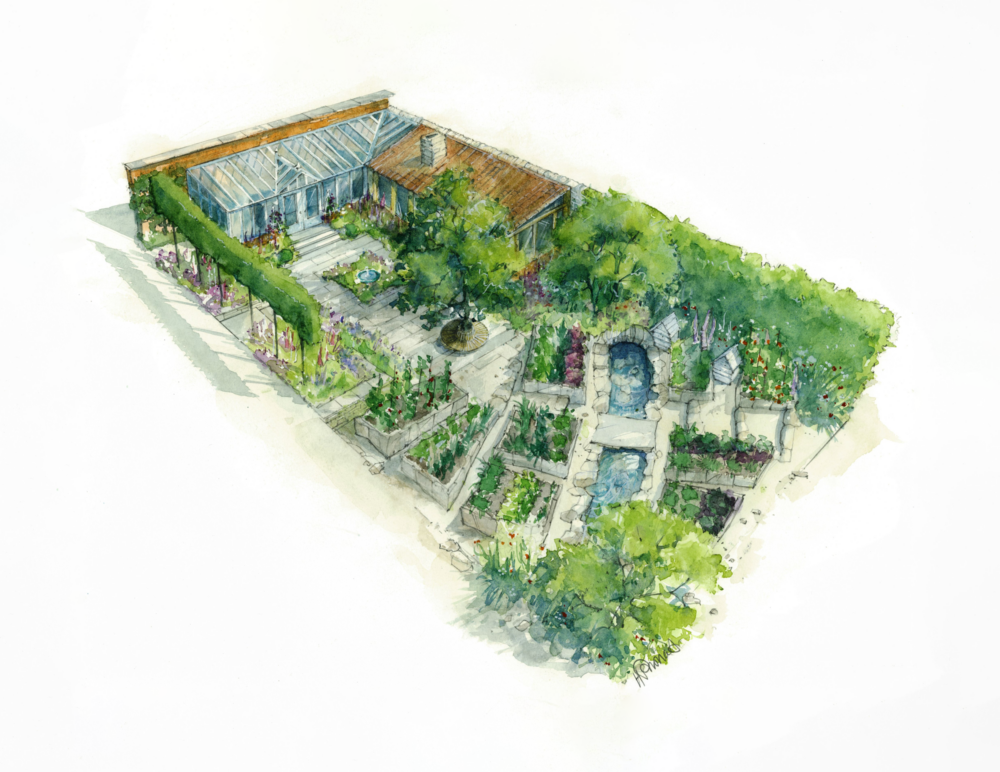
The Savills Garden at RHS Chelsea Flower Show 2023
This year’s offering isn’t just a feast for the eyes: many of the plants on display will make the journey from plot to plate over the course of the RHS Chelsea Flower Show

How to create the perfect woodland
Whether you’re recreating childhood memories or hoping to do your bit for the planet, planting trees on your estate can make a wonderful family resource – and add value to your UK property
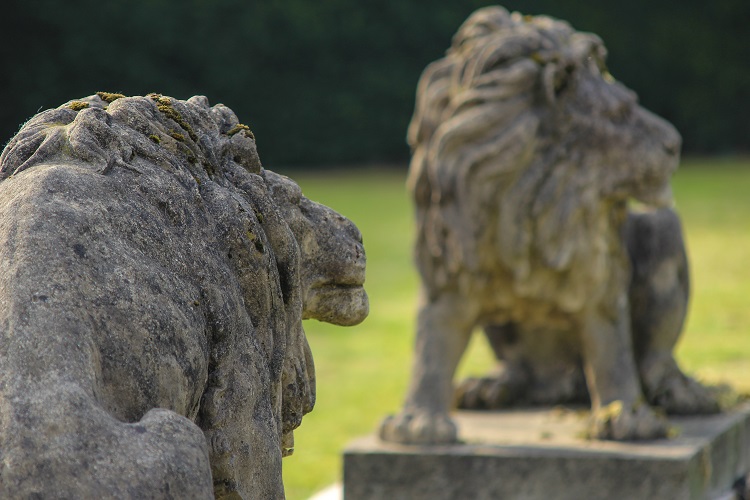
Meet The Garden Salvage Hunters
The statuary on display in your grounds says as much about you as the art on your drawing-room walls. Here are the names for your little black book


